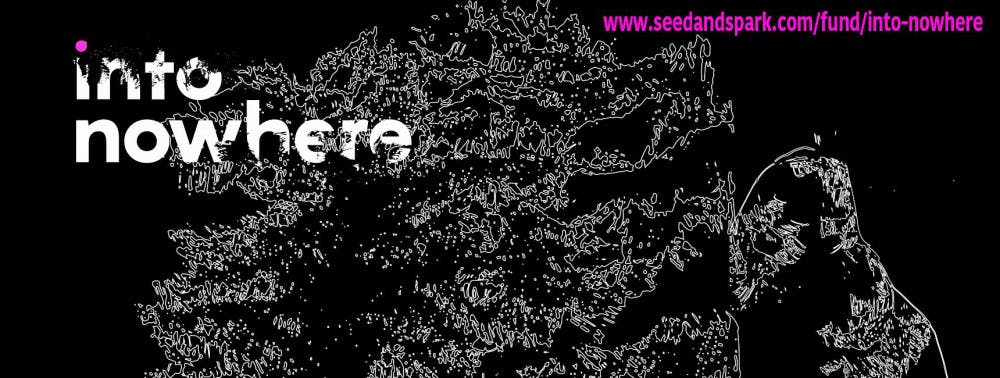Most student films do not reach quite the same scale as “Into Nowhere.”
A legally registered, student-run production company developed specifically for the project has a significant budget available to it through crowdsourcing. The 80-page script, developed during writer and director Marcus Sudac’s ’17 sophomore year, has undergone months of revisions. In the process, Sudac has done extensive research, including visits to several art communes. Since last spring, the team, assembled through connections and previous projects, has been meeting to begin work on the feature, which runs about 90 minutes. Sudac hopes to show his film at various festivals after its private release next September.
When examined, the seemingly simple concept of utopia has as many interpretations as there are individuals. For Sudac, utopia takes a physical form: “It would be a massive arena of artmaking.” For the film’s producer, Elizabeth Falkenberg ’19, the concept is more abstract. She describes “a state of mind of utopia: less a space or a time and more of a method of thinking.” Her co-producer, Annabelle de Gaudemar ’17 imagines “a world in which we can create … for the sake of creating.”
These three modern culture and media concentrators, like the characters in their feature film, harbor deeply personal and distinct interpretations of utopia. The script follows the lives of five introspective college students played by Sophia Washburn ’17, Eric Baffour-Addo ’18, Teak Sittipunt ’19, Hemang Kaul ’17 and Ellie Gravitte ’17 as they take a leave of absence from school to examine both themselves and their conflicting and idealistic aspirations. “Into Nowhere” revolves around “a demographic that is often snubbed as being sort of … whiny liberal arts college students who have it ‘so tough’ and need to get away from it,” photo producer Adam Hersko-Ronatas ’18 said.
In the film, Sudac said he considers the question: “How would a communal utopia be able to exist in 2016?” The myriad questions the script addresses remain open-ended. Alessandro Borghese ’19, one of the film’s executive co-producers who describes his utopia as “very much based on food,” said he sees the central question as: “Is the utopia we envision in our imagination practically achievable?” Rainey Zimmermann ’19 said the film considers “at what point do you sacrifice the things you want for comfort and safety in consideration of others?”
The film, simultaneously relational and existential, will be “intellectually stimulating and aesthetically pleasing,” Borghese said. Hersko-Ronatas hopes to employ dynamic film techniques, allowing the camera to function as a character and parallel the story. He plans to juxtapose the use of the camera in the “stoic university” with a technique that becomes more “fluid in utopia.” Rainey describes her cinematic vision as an attempt to “mirror each character’s psyche.”
As the film’s release approaches, the team plans to publicize its premiere. As a cast and crew of exclusively Brown and RISD students, they plan to ensure the film will be accessible to students at both schools through screenings and streaming media.





